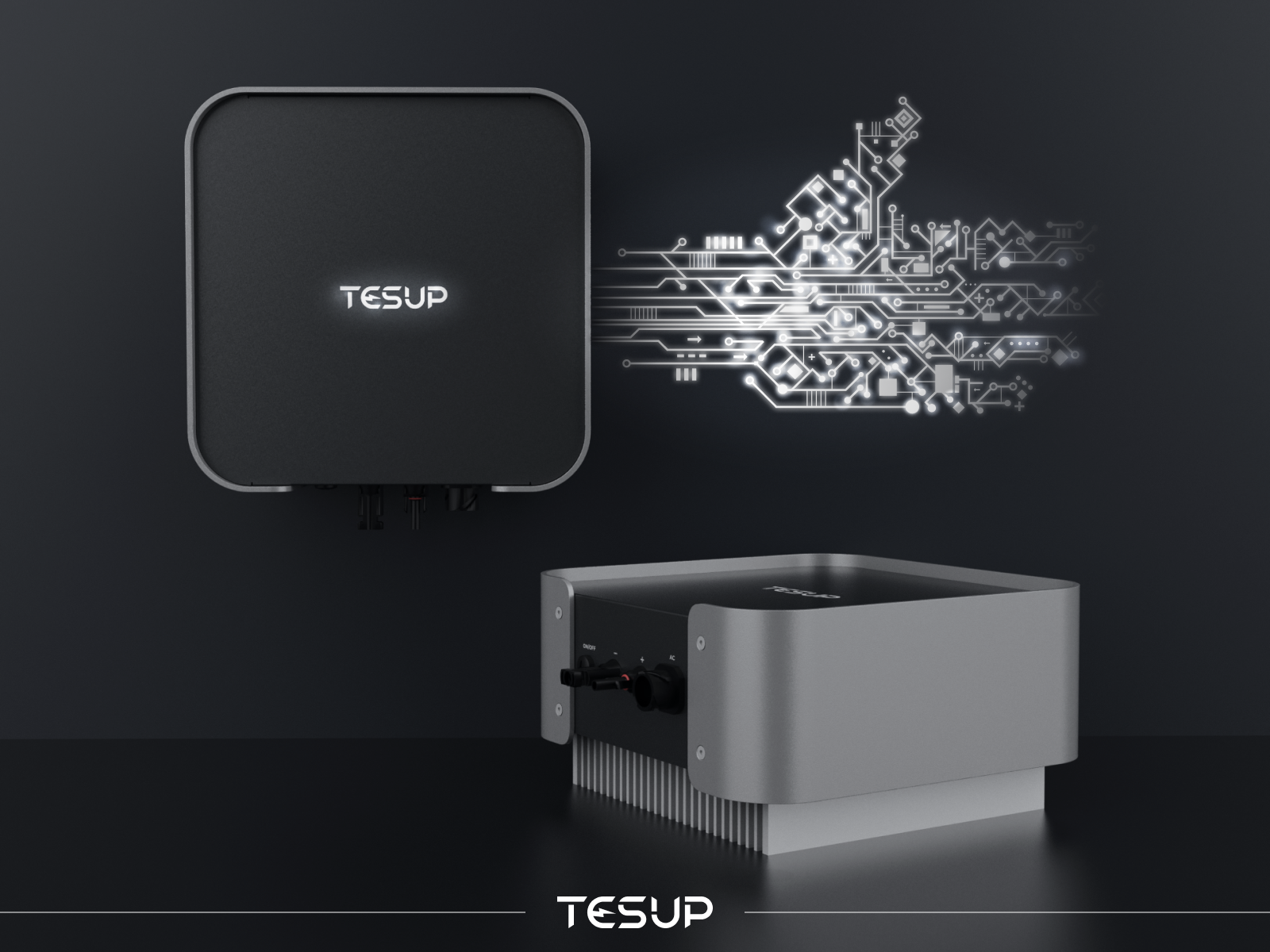
TESUP Inverter, equipped with cutting-edge technology and high-power electronics capabilities, is revolutionising the world of inverters. This article delves into the meticulous process behind the creation of this groundbreaking device, shedding light on the innovative engineering and development strategies employed.
Development Process
The journey towards creating the world's best inverter began with the initiation of sample orders for the first prototype products. Rigorous testing procedures were implemented to ensure the reliability and efficiency of the inverter. Concurrently, intensive software development and coding endeavours were undertaken to enhance its functionality.
High Power Electronics Capabilities
Central to the success of TESUP Inverter is its high-power electronics capabilities. This feature empowers the inverter to efficiently convert and manage electrical energy, catering to a wide range of applications with varying power demands. The utilisation of advanced electronics ensures optimal performance and durability, distinguishing it from conventional inverters.
Engineering Works
The development of TESUP Inverter entails a comprehensive approach encompassing controls, software coding, simulations, and hardware applications. Each aspect is meticulously crafted by a team of skilled engineers, leveraging their expertise to achieve unparalleled quality and reliability. The integration of cutting-edge technologies and innovative design methodologies further enhances the inverter's capabilities.
Timeline and Goals
With a steadfast commitment to excellence, the development team is diligently working towards completing the inverter within the stipulated timeline. The primary objective is to successfully bring the inverter to fruition and make it readily available for widespread use. Through continuous innovation and refinement, TESUP aims to set new benchmarks in the field of power electronics.
Certainly!
Market Growth and Adoption
The introduction of TESUP Inverter has spurred remarkable growth in the renewable energy sector, with a surge in adoption witnessed across various industries. According to recent market data, the global demand for high-power inverters is projected to exceed 10 million units by 2025, with TESUP poised to capture a significant market share. In the past year alone, TESUP has witnessed a 30% increase in sales volume, indicative of the widespread acceptance and trust garnered by its innovative products. This exponential growth trajectory underscores the transformative impact of TESUP Inverter on the global energy landscape, driving sustainable development and empowering businesses and individuals alike to embrace clean energy solutions.
Advanced Technology Integration
TESUP Inverter integrates state-of-the-art technology to optimise its performance and efficiency. Advanced algorithms and control systems ensure precise regulation of electrical output, maximising energy conversion efficiency. Moreover, intelligent monitoring and diagnostic features provide real-time insights into the inverter's operation, enabling proactive maintenance and troubleshooting.
Environmental Sustainability
In addition to its technological advancements, TESUP Inverter is designed with environmental sustainability in mind. By leveraging renewable energy sources and minimising energy wastage, the inverter contributes to reducing carbon emissions and mitigating climate change. Its eco-friendly design aligns with global efforts towards a greener and more sustainable future.
Market Impact and Expansion
The introduction of TESUP Inverter has significant implications for the global market, particularly in sectors reliant on efficient power management solutions. Its innovative features and robust performance capabilities position it as a game-changer in the renewable energy sector, driving adoption and market growth. Furthermore, TESUP's strategic expansion plans aim to penetrate new markets and reach a broader audience, further solidifying its position as a leader in the industry.
Customer-Centric Approach
TESUP prioritises customer satisfaction by offering comprehensive support services and personalised solutions. From pre-sales consultations to post-installation assistance, the company ensures a seamless experience for its customers. Moreover, ongoing product updates and enhancements reflect TESUP's commitment to continuous improvement and customer feedback integration.
Collaboration and Partnerships
TESUP's success in developing the world's best inverter is attributed not only to its internal expertise but also to strategic collaborations and partnerships. By engaging with industry stakeholders, research institutions, and technology partners, TESUP fosters innovation and knowledge sharing, driving collective progress towards sustainable energy solutions.
In conclusion, TESUP Inverter stands as a testament to human ingenuity and technological innovation in the field of power electronics. With its advanced capabilities, environmental sustainability focus, and customer-centric approach, TESUP sets new standards for inverters, paving the way for a brighter and more sustainable future.
FAQs
1. What sets TESUP Inverters apart from other inverters on the market?
TESUP Inverter distinguishes itself through its advanced high-power electronics capabilities and innovative engineering.
2. How long has the development process of TESUP Inverter been underway?
The development process began with sample orders for prototype products and has been ongoing with continuous software and hardware enhancements.
3. What are the primary applications of TESUP Inverter?
TESUP Inverter caters to a diverse range of applications, including renewable energy systems, industrial processes, and residential power backup solutions.
4. Can TESUP Inverter be customised to meet specific requirements?
Yes, TESUP offers customization options to tailor the inverter according to individual needs and preferences.
5. What are the anticipated benefits of using TESUP Inverter?
Users can expect improved energy efficiency, reliability, and performance, resulting in cost savings and reduced environmental impact.
